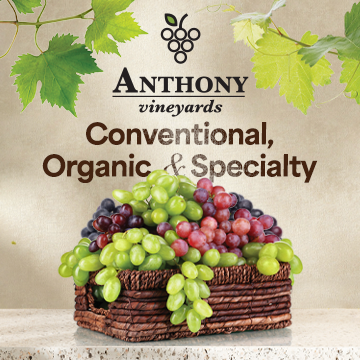<p>By ANUK Staff<br/>2.20.13</br/></p><hr class="legacyRuler"><hr class="invisible minimal-padding"><hr class="invisible minimal-padding"><p>Decades of breeding have crafted the modern agricultural tomato into a productive and hardy commodity, however it has been contended that the modern-day product is somewhat lacking in taste.<img src="https://cdn.andnowuknow.com/legacyWriterImages/tomato-flavor-ccropped.jpg" alt="Chemicals Responsible for Boosting Tomato Flavor Identified - IMAGES" />A panel at the recent meeting of the American Association for the Advancement of science said, we "broke" the tomato by allowing the plant breeders to respond to the needs of farmers, instead of the tomato's end-users: consumers, according to Arstechnica.<hr class="legacyRuler"><hr class="legacyRuler"><hr class="invisible minimal-padding"><hr class="invisible minimal-padding">Harry Klee of the University of Florida put together a collection of over 200 tomatoes, some heirloom, some the mainstream agricultural strains. Using those, his team has characterized the volatile chemicals present in each, coming up with a list of about 68. They've also put about 100 of those tomatoes to the test with a panel of tasters, who rated their appeal and flavor.<hr class="legacyRuler"><hr class="legacyRuler"><hr class="invisible minimal-padding"><hr class="invisible minimal-padding">The result what could be called a statistical recipe for a good tomato. Generally, what consumers like is perceived sweetness. In general, the perceived sweetness was roughly in line with the amount of sugar present, but only roughly. Klee pointed out two varieties (Matina and Yellow Jelly Bean) that had similar levels of sugar, but one was perceived as twice as sweet as the other, the one with slightly less sugar.<hr class="legacyRuler"><hr class="legacyRuler"><hr class="invisible minimal-padding"><hr class="invisible minimal-padding">The complicating factor was concentration of various volatiles in the tomatoes. The derivatives were considered fruity and floral, and were correlated with both perceived sweetness and likability. Tomatoes with knockouts of the genes involved in creating these derivatives were tested with consumers, and these confirmed that the resulting fruit were rated as lower sweetness.<hr class="legacyRuler"><hr class="legacyRuler"><hr class="invisible minimal-padding"><hr class="invisible minimal-padding">Klee's team has started identifying alleles that enable production of a variety of volatiles in heirloom strains, and started introducing them into high production commercial strains. According to him, a single cross can give heirloom flavor with double the yield of the original heirloom strain—not enough to get commercial growers to switch, but a step in the right direction. Further breeding and, if necessary, some genetic engineering may return the heirloom genes, along with some taste, to the modern tomato.</p><hr class="legacyRuler"><hr class="invisible minimal-padding"><hr class="invisible minimal-padding"><p><a class="btn btn-sm btn-primary col-lg-12" style="white-space: normal;" href="http://arstechnica.com/science/2013/02/we-broke-the-tomato-and-were-using-science-to-fix-it/ " target="_new">Tomato Taste Update</a></p><hr class="legacyRuler"><hr class="invisible minimal-padding"><hr class="invisible minimal-padding">





